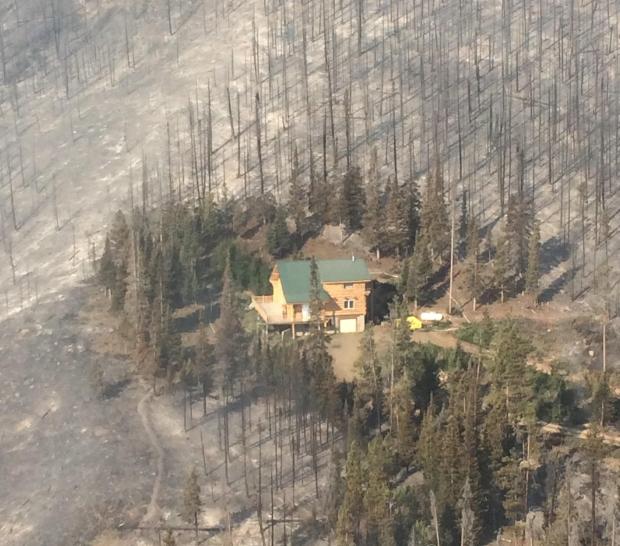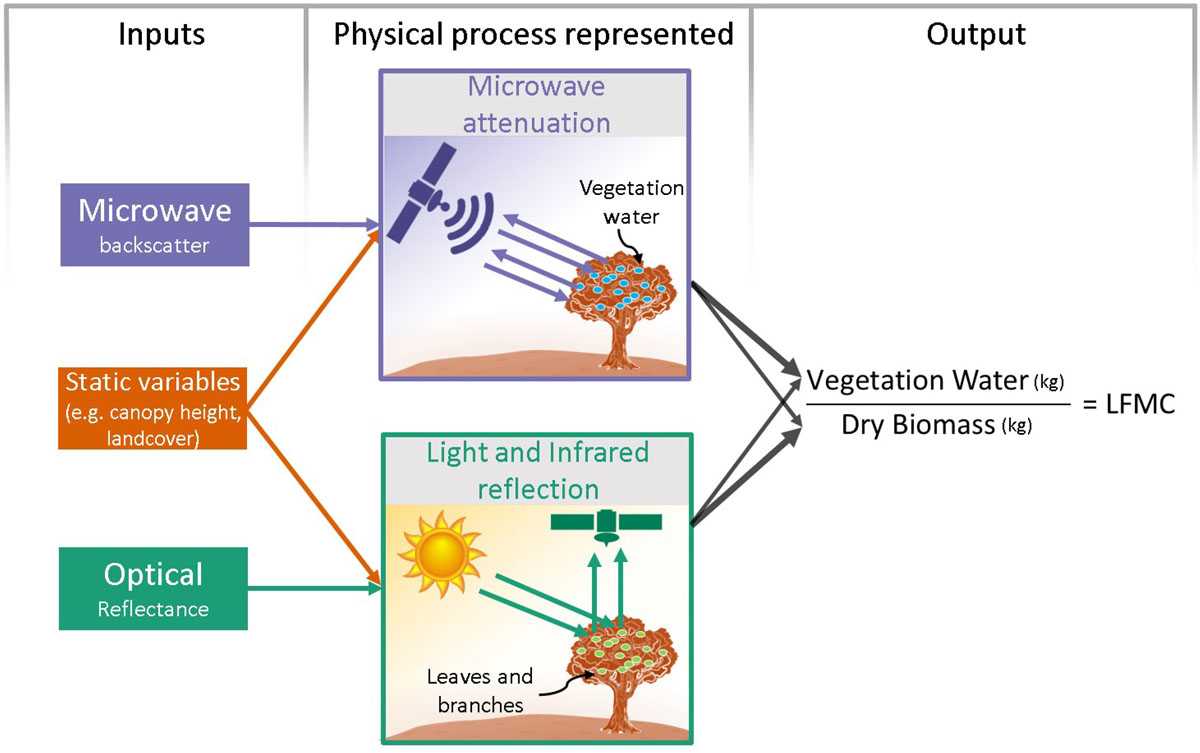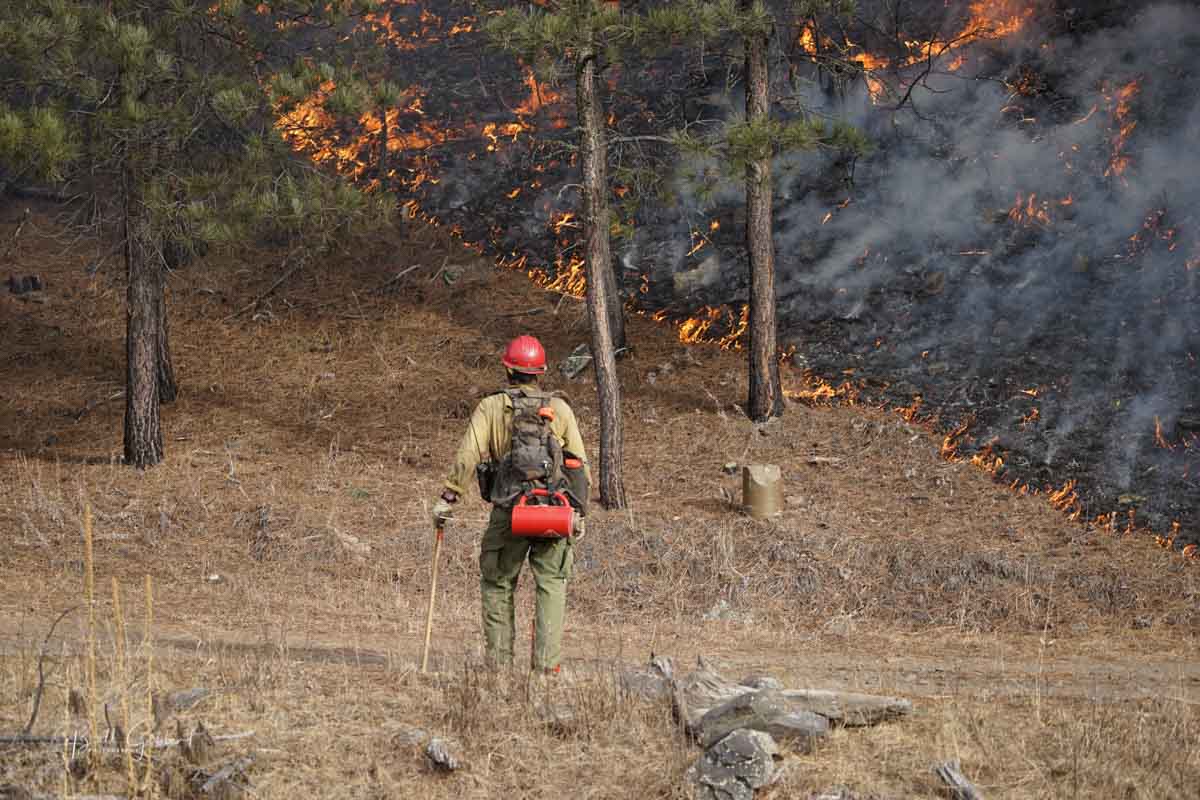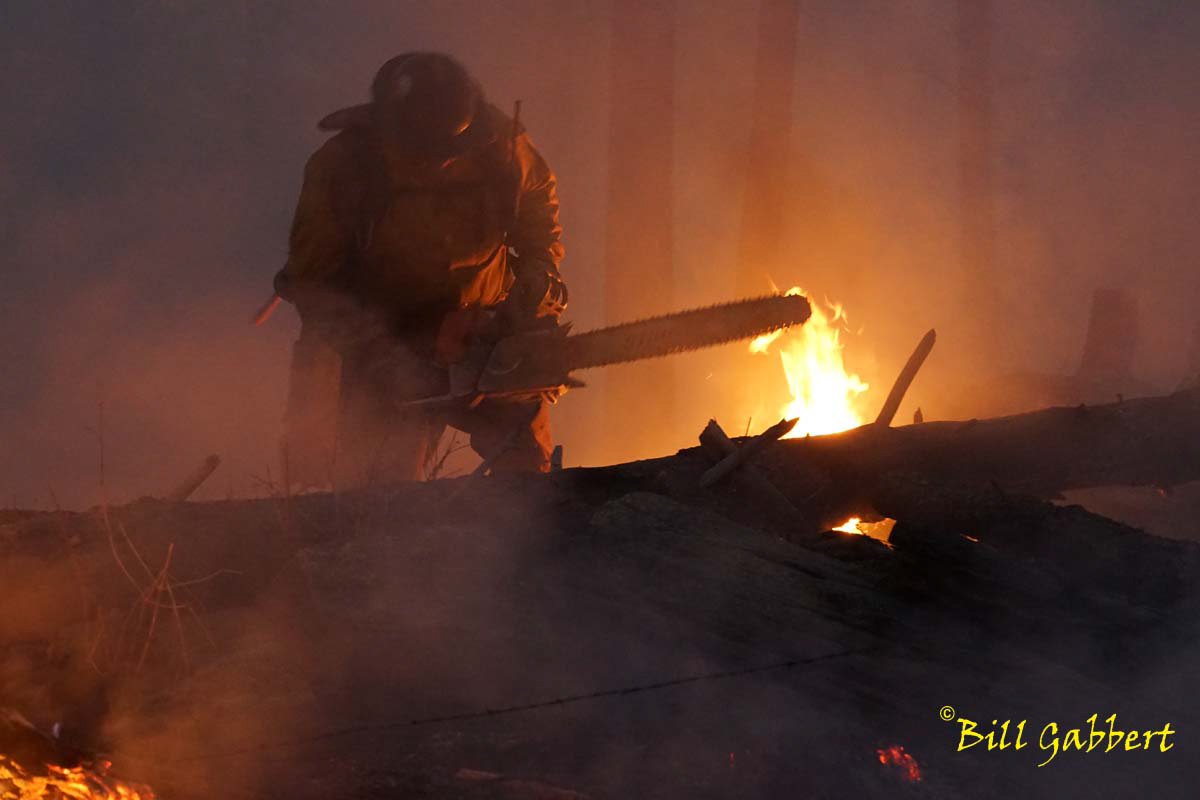
The Federal Emergency Management Agency has recently awarded millions of dollars through their Disaster Mitigation Grant program.
Boulder County, Colorado
Boulder County will receive a $1.2 million Pre-Disaster Mitigation Grant for two wildfire mitigation actions. The first is to create defensible space for approximately 500 properties. The second is hazardous fuels reduction in an area of about 160 acres that will provide further protection on 27 properties where defensible space creation was previously completed.
Homeowner efforts to create defensible space will not just be a one-time effort. They will join the county’s wildfire mitigation program, Wildfire Partners, to support continued maintenance of defensible space over the long-term and conduct comprehensive mitigation efforts to effectively reduce wildfire risk in a community that has been severely affected by wildfire.
FEMA is providing 75 percent of the project costs, a total of $1,215,630. Funding is provided through FEMA’s Pre-Disaster Mitigation Grant Program, which is designed to assist states, U.S. territories, federally-recognized tribes, and local communities in implementing a sustained pre-disaster natural hazard mitigation program. The goal is to reduce overall risk to the population and structures from future hazard events, while also reducing reliance on federal funding in future disasters.
Ashland, Oregon
The city of Ashland, Oregon will receive a $3 million Pre-Disaster Mitigation Grant to create wildfire defensible space around 1,100 homes and to replace 23 wood shake roofs with ignition-resistant roof material.
The City of Ashland in Oregon’s Jackson County is in a high wildfire risk zone. In the fall of 2020, neighboring communities of Talent and Phoenix were devastated by the Almeda Fire, which burned 2,977 acres and destroyed over 2,300 structures.
This mitigation project will help protect structures from wildfires and will help homes in the Ashland area comply with recommended local best practices for wildfire risk reduction. Replacing wood shake roofs and providing defensible space to structures reduces the risk of wildfire spread and diminishes the likelihood of wildfires starting from embers. Once these highly flammable roofs are replaced, these types of roofs will no longer be allowed in Ashland.
The City is contributing a $1 million cost-share, making the total value of this grant $4 million.
The project includes hiring a project manager, preliminary assessments of identified homes, surveys for vegetation removal, scheduling and training of pre-approved contractors, removal of vegetation, and reconstruction of roofs.
Rolling Hills, California
A $1.1 million grant is going to the Los Angeles community of Rolling Hills. The funds will replace overhead power lines and poles with nearly 2,000 feet of underground cables and relocate transformers to an area with less wildfire risk. The Los Angeles Fire Department identified the area as a Very High Fire Hazard Severity Zone, the highest designation with the greatest fire risk.
The $1.5 million project includes a $1.1 million grant from FEMA’s Hazard Mitigation Grant Program (HMGP), with the remaining $381,000 from non-federal sources.
Our take
As we wrote last September, grants to mitigate wildfire risk and improve community resiliency is a worthwhile investment:
Provide grants to homeowners that are in areas with high risk from wildland fires. Pay a portion of the costs of improvements or retrofits to structures and the nearby vegetation to make the property more fire resistant. This could include the cost of removing some of the trees in order to have the crowns at least 18 feet apart if they are within 30 feet of the structures — many homeowners can’t afford the cost of complete tree removal.
But the limited amount of Federal taxpayer funds available must be distributed where they can get the most bang for the buck and assist a significant number of residents.
Rolling Hills is a gated community of private roads on a hill overlooking the Pacific Ocean in Los Angeles where the median household income is $239,375 and the poverty rate is 1.6%. The project will reduce wildfire ignitions along 2,000 feet of power lines.
Boulder County has a median household income of $83,019 and a poverty rate of 10.7%. Their grant will mitigate hazards on 527 properties.
Ashland, Oregan has a median income of $56,315 and a poverty rate of 18.4%. More than 1,100 homes will be affected by the project.
Putting 2,000 feet of power lines underground in Rolling Hills could reduce the chance of poorly designed or maintained electrical lines starting fires. But a case could be made that the project should not rank high enough nationwide to prevent other grants from being approved that would have a much greater beneficial effect on larger numbers of people with far less disposable income. In this affluent Los Angeles community improvements on the electrical lines, in this case, should be funded by the Los Angeles Department of Water and Power.
There is probably more than one resident in Rolling Hills who could write a check for the project then go into the backyard and finish their game of tennis.
FEMA has more information about the Pre-Disaster Mitigation and Hazard Mitigation Grant programs.






